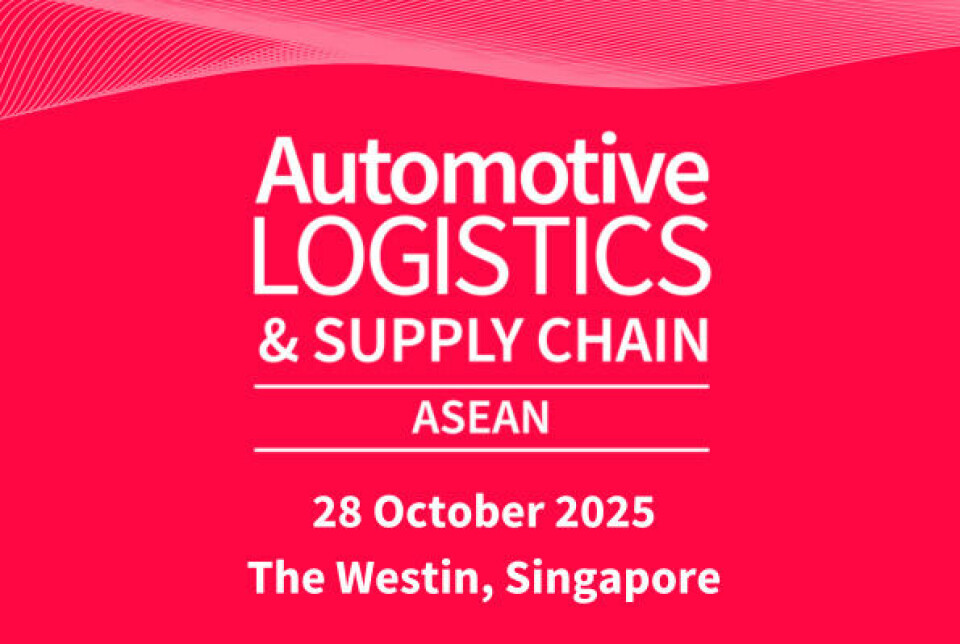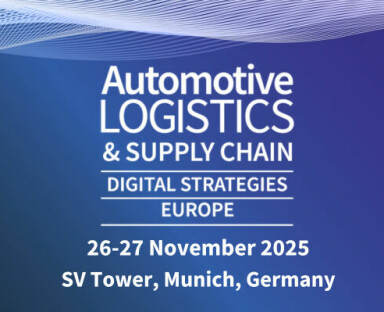Leading from Malaysia
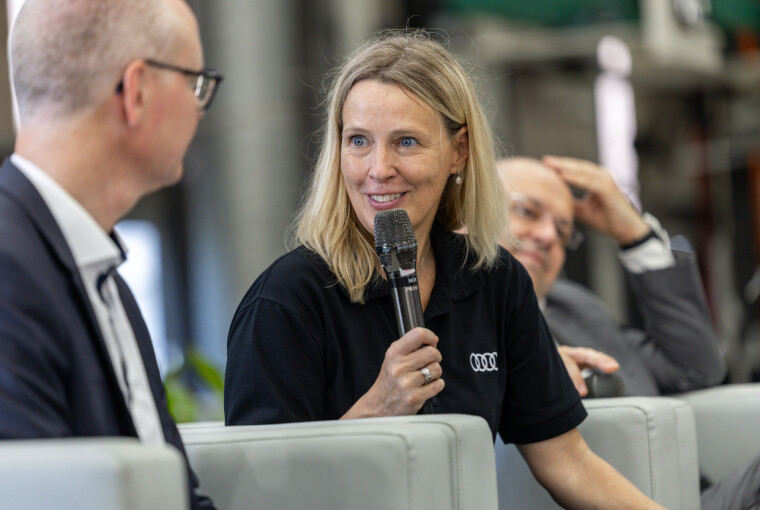
The leadership and strategy behind Volkswagen Group’s regional rise in South-East Asia
Volkswagen Group Malaysia managing director Dr Susanne Lehmann speaks to Automotive Logistics about guiding the company’s regional strategy, using Malaysia as a base to build an integrated, future-ready footprint across South-East Asia, linked through enhanced logistics.
When Dr Susanne Lehmann arrived in Malaysia to lead Volkswagen Group’s operations in January 2024, she was tasked with steering the company’s operations not just within Malaysia, but across ASEAN – transforming a modest domestic base into a springboard for regional growth.
In a region where no single country offers huge scale for vehicle sales or the supply chain, and where EV policies, trade rules and production capabilities vary widely, Lehmann and her team took these challenges as catalysts for reinvention and crafted a strategy rooted in localisation, cross-border integration and pragmatic ambition.
Lehmann shares openly about the company’s efforts to scale up production, deepen supplier ties, navigate trade barriers and logistics bottlenecks, and build the foundations for a regional supply chain that’s competitive, flexible and future-ready.
ASEAN for ASEAN: Regional supply chains and logistics
Like many automakers in the region, Volkswagen Group must navigate a highly competitive market in Malaysia. It faces a dual challenge shaped by regional realities: scaling production to meet localisation targets and reducing costs in a low-volume environment, while standing out in a landscape dominated by well-established Japanese players and fast-moving Chinese OEMs. “While Volkswagen is a giant in other markets, we’re still considered a low-volume player in Malaysia,” Lehmann reflects. “We’re not aiming for the number one [market] spot just yet, but we do want to be better recognised.”
That recognition is part of a broader strategy to reposition Malaysia not just as a consumer market but as a regional manufacturing and supply base for the group. “We’re showcasing our complete footprint,” she explains. “We’re producing Volkswagen, Audi and Porsche cars – as well as MAN and Scania trucks – right here in Malaysia.”
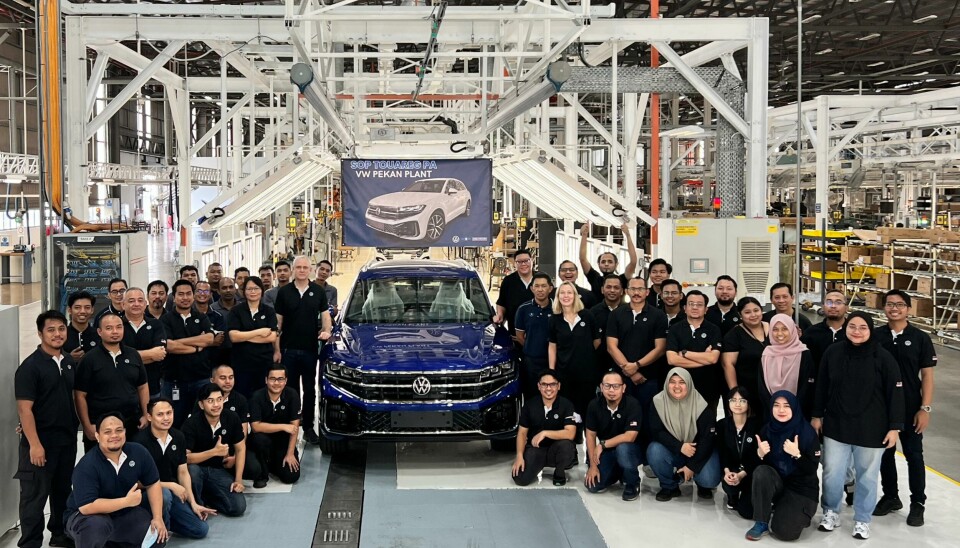
A key catalyst has been what Lehmann calls a “very successful negotiation” with the Malaysian government – a deal that unlocked support for what she describes as a "bundle for the future car portfolio.” It includes local production of the Volkswagen Touareg, the facelifted Golf GTI and the Audi Q7, all assembled in Malaysia from 2024 onward, at the group’s plant in Pekan, operated with local manufacturing partner DRB-Hicom. Crucially, the future models are not only intended for domestic consumption, but also for export across ASEAN.
Porsche also operates a local assembly facility in Malaysia – it’s the only factory outside of Europe. Its presence further demonstrates the group's strategic commitment to the country as a manufacturing node.
However, the Volkswagen Group must manage a long, complex and relatively low scale supply chain for Malaysia and South-East Asia, which brings challenges in cost and lead time. Currently, locally produced models rely on a large share of imported components and modules, including from Europe as well as from Mexico. The carmaker has also been exploring the potential to increase sourcing and trade with partners in China, too, especially for EVs and battery supply chains. Furthermore, the carmaker exports many parts and components regionally from its aftersales distribution hub in Malaysia into the ASIA-Pacific Region (APAC).
To grow and compete more strongly both in Malaysia and wider South-East Asia, Lehmann says that Volkswagen must leverage regional scale in the supply chain, including more local sourcing. That development, she insists, is increasingly about building together: ASEAN for ASEAN, with shared supply chains, cross-border trade and joint value creation. “We need to address issues of scale, and also consider cross-border, crisscross delivery models.”
There’s also a logistics case to be made, both in reducing long transport, inventory and customs duties, but also in making better use of local facilities. “Singapore cost levels… are three to four times higher than in Malaysia,” Lehmann highlights, who also cites capacity constraints at the port of Singapore Combined with Malaysia’s geographic position and expanding port infrastructure – like Port Klang and Port Tanjung Pelepas – the country could serve as a lower-cost alternative for regional distribution and data centres.
Cross-border supply chain cooperation
As ASEAN economies mature at different speeds, a cohesive regional strategy becomes more essential, and more complex. For Lehmann, a key differentiator for Volkswagen Malaysia lies in regional cooperation rather than treating each nation as an island. “We can’t approach this region country by country in isolation, it just doesn’t work,” she says. “If we stay fragmented, we’ll definitely lose.”
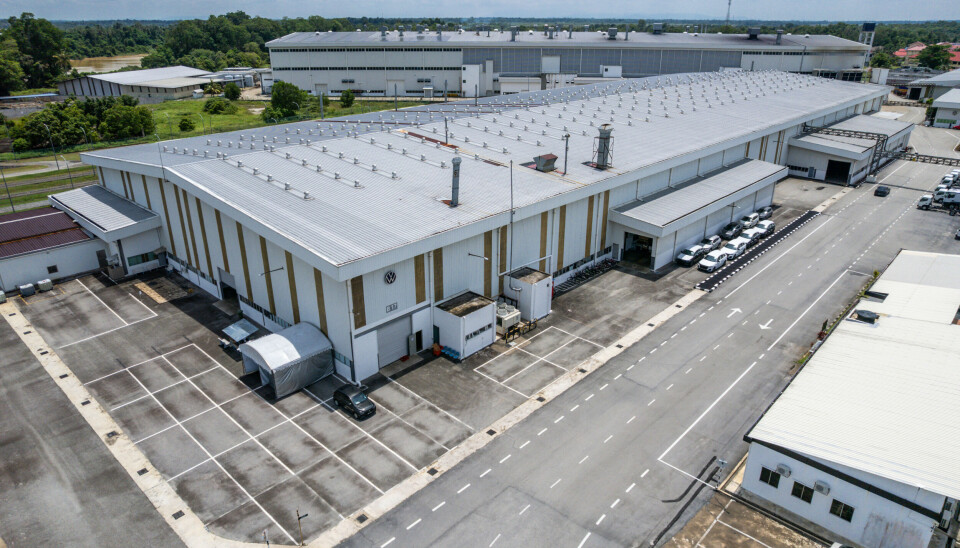
Advocating for this approach, Lehmann highlights the company’s decision to relocate its aftersales parts distribution centre for Asia-Pacific from Singapore to Port of Tanjung Pelepas, Malaysia in 2019. “The steering is still in Singapore, but all the operations are in Malaysia already,” she explains. From this hub, parts are distributed across ASEAN and beyond – including Japan, Australia and New Zealand – affirming Malaysia’s expanding role as a logistics centre.
Lehmann is working to deepen regional integration further, starting with how Volkswagen sources parts both for production and aftersales parts. “I want to shift toward direct sourcing from Malaysian suppliers into the Volkswagen network,” she says. That transition, from relying on intermediaries to engaging directly with suppliers, is already underway: “In fact, it’s already happening when it comes to chips and semiconductors.”
This focus on regional connectivity extends into service functions, too. Volkswagen Malaysia collaborates closely with group companies on shared systems for waste management, port handling, logistics and supplier engagement. “We are also working together with these colleagues... trying to integrate aftersales and production,” says Lehmann, describing the operational cohesion needed to make regionalisation not just a logistics plan, but a cohesive business strategy.
Governments are also beginning to respond. Malaysia’s recent decision to remove anti-dumping tariffs on Vietnamese steel – a 7-20% duty that had been in place for five years – is one such example. The policy change strengthens intra-ASEAN trade and lowers input costs for domestic manufacturers. It also signals a shift away from protectionism. As Lehmann sees it, “regional collaboration is not just about vehicles, it’s about the whole supply chain.”
Other OEMs are following similar paths. Proton recently partnered with six Chinese tier-one suppliers to localise production of advanced components such as ADAS systems, HVAC units, braking systems and lighting. Under a joint venture, Malaysia’s Delloyd Technology will manufacture ADAS technology from China’s IMotion Automotive. As Proton’s procurement chief Wang Huaibing shared in a statement, it’s “important for Proton to bring their development and production… into the local ecosystem.”
Volkswagen Group is taking a similar view in Malaysia. Audi began local assembly of its Q7 SUV in April 2025 with a high proportion of locally sourced components. For Lehmann, localisation goes hand in hand with resilience, even when assembling premium models. “We want to ensure customers continue to experience the same Audi quality, performance and luxury,” she says.
Lehmann’s own trajectory also illustrates the value of cross-border synergy. Having worked in China and Mexico, she brings a global perspective to ASEAN. Her appointment was part of a broader strategy to transfer international best practices into a regional context. Since arriving in January 2024, she has expanded model production at the Pekan plant and broadened Volkswagen’s dealership footprint. More importantly, Volkswagen Malaysia now has an explicit export mandate. “Based on my experience in Europe, America and China,” she says, “I hope to build on that successful development in South-East Asia.”
Unlocking EV supply chain potential across the region
To unlock this potential, Lehmann stresses the need for navigating divergent technology trajectories and for faster digitisation across customs. “The integration can only work if transparency works,” she implies. Notably, Thailand and Indonesia – supported by government incentives and charging infrastructure rollouts – are emerging as regional EV manufacturing hubs. Malaysia, meanwhile, has set ambitious targets for electrification (20% of the national vehicle fleet by 2030, 80% by 2050 as stated in the National Energy Transition Roadmap) backed by import duty and tax exemptions to spur both demand and local manufacturing.
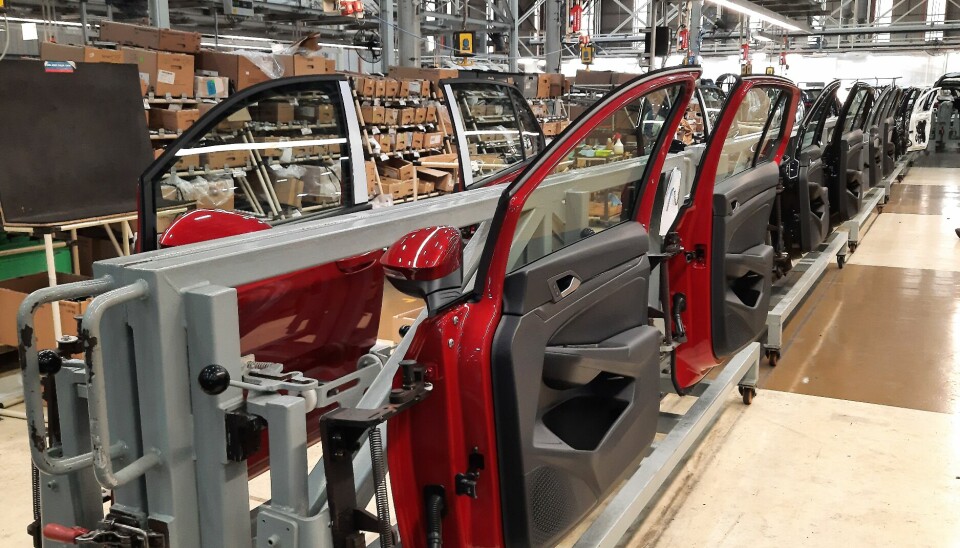
Lehmann acknowledges these trends and sees an opportunity for a multi-country logistics strategy within ASEAN. “Let’s strike a balance between countries,” Lehmann says. “Thailand could serve as an EV hub, while we continue producing ICE models in Malaysia… and then supply each other across the region.”
Malaysia’s current EV penetration stands at just 5.4%, compared to Thailand’s 23% of new car sales, according to Lehmann. “It’s not at the same level, and it’s not moving at the same speed,” she notes. “Malaysia is continuing to focus on ICE vehicles as well. We’re not committing to just one technology, we’re staying technology open.”
In this way, Volkswagen is positioning Malaysia not in competition with Thailand or Indonesia, but in complement. Given Malaysia’s established oil and gas sector and its growing industrial capabilities, continuing ICE vehicle production remains both economically rational and strategically aligned. Meanwhile, neighbouring EV-focused markets can serve as export destinations, creating a multi-hub production model across ASEAN.
Ultimately, Lehmann sees long-term competitiveness rooted in volume and scale: “We’re moving in small steps, but we’re moving steady in the right direction.”
The localisation dilemma: Volume vs. scale
A recurring theme for Lehmann is the push for true localisation of the supply chain, sourcing and producing components locally, as opposed to superficial assembly. But she is candid about the complexity of this aim, especially in low-volume markets like Malaysia. “We have a highly localisation restriction with very low volume, which is challenging” Lehmann says.
She refers to Malaysia’s local content rules, which mandate a certain percentage of parts must be sourced domestically for vehicles assembled in-country. For global OEMs, meeting those thresholds without sufficient scale becomes cost prohibitive. Lehmann wants to break that cycle. “I want to go back to what is really necessary… the technology we really need,” she emphasises. That means focusing on components and capabilities that can be competitively sourced or developed in Malaysia and across ASEAN but achieving that requires critical mass.
“The only sustainable solution is to increase volume,” she explains. “We have to get higher in volume in order to get better cost and so on… then it’s a self-fortifying effect.” More volume reduces per-unit costs, which in turn supports more competitive pricing and greater demand. Conversely, low volumes drive up costs, suppress demand and perpetuate a downward spiral.
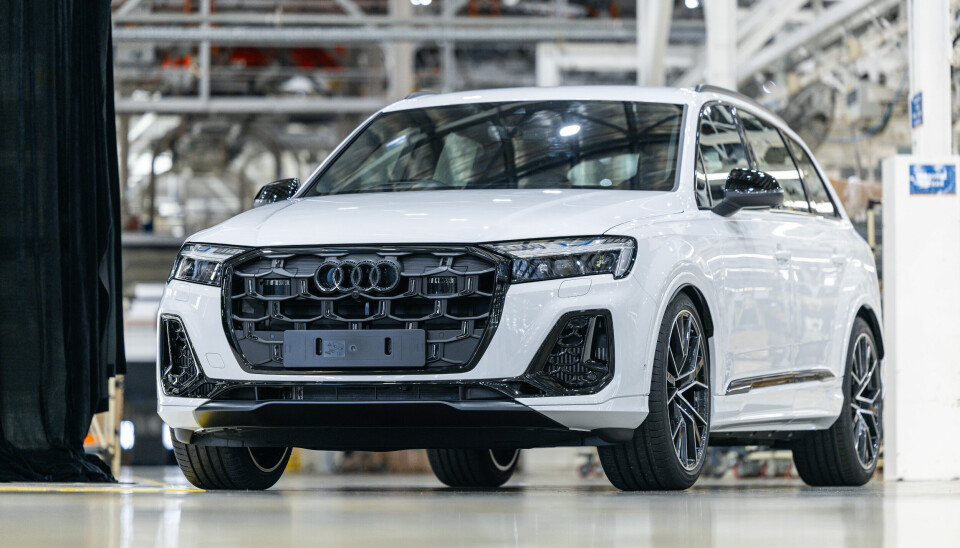
Volkswagen’s response is multi-pronged: expand local model production, pursue exports and explore brand diversification. The “bundle” agreement struck with the Malaysian government includes both Volkswagen and Audi models. Audi’s production of its Q7 SUV at the DRB-Hicom plant creates shared localisation opportunities, from common suppliers to joint infrastructure.
“It’s about sharing ecosystem, scale and infrastructure,” she says. Expanding the Pekan plant concept to additional brands or functions is a natural extension. While Lehmann is optimistic, she acknowledges the stakes: “The question is whether ASEAN can close that volume gap. Without that, real localisation is hard to reach.”
Lehmann also sees potential in leveraging regional suppliers across South-East Asia. “If a Malaysian electronics supplier can also deliver to Thailand or Indonesia, then the volumes justify the investment,” she notes. This is where ASEAN’s trade integration becomes crucial. If the region can reduce internal tariffs and standardise rules of origin, OEMs can treat ASEAN as a unified production base, allocating suppliers and capacity based on regional efficiency. Recent policy shifts such as removing anti-dumping tariffs on Vietnamese steel suggest governments are beginning to understand this.
Navigating regulatory and infrastructure barriers
While pursuing regional integration and localisation, automakers face a thicket of regulatory and infrastructural barriers in ASEAN. Lehmann points to technical standards as a prime example. “[Chinese EVs] have WeChat in the cars,” she notes on the vehicles entering the market. “Everybody [in Malaysia is] used to WhatsApp.” Her point goes beyond app compatibility, highlighting the broader issue of regional fragmentation in automotive standards, from in-car connectivity to charging systems and vehicle certification.
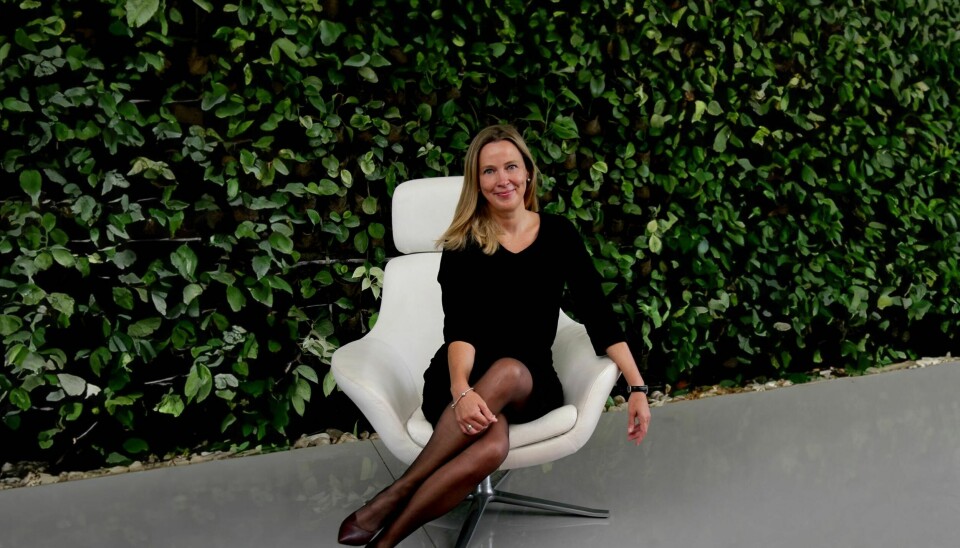
Homologation remains largely country-specific in the region, aligned to either Western UNECE standards or increasingly, Chinese ones – but rarely both. For a manufacturer like Volkswagen, rooted in Western compliance frameworks, this means costly adaptation for each new ASEAN market. In contrast, Lehmann observes, new entrants from China often import fully built EVs and benefit from “a lot of, I think, facilitation… by the local governments at the moment.”
Ensuring a level playing field in terms of regulatory support is a pressing issue across the region. While legacy OEMs investing in local production must navigate approval processes and localisation thresholds, some new players enter with fewer hurdles. “That’s something we have to talk about,” Lehmann says, signalling the importance of regulatory dialogue. The question for ASEAN governments is whether future regulation will strike a balance – welcoming new entrants while supporting long-term investment in local manufacturing.
Infrastructure, too, must evolve in tandem with production shifts and rising cross-border movement. Governments have begun investing in “EV-ready” infrastructure. Still, Lehmann believes there is further to go, and industry must play an active role. “The road is not yet paved for that speed,” she implies, urging continued collaboration through public-private forums. Volkswagen and other OEMs are engaging in policy dialogue to improve customs efficiency and promote digitisation, especially in support of cross-border parts movement.
She sees strategic opportunities for Malaysia amid these challenges. “The world depends on Malaysian semiconductors,” Lehmann says, noting the country's strength in electronics manufacturing. This advantage could support more local production of sensors, ECUs and chips vital to EVs and digital vehicle systems, components that currently must be imported.
Towards a resilient and integrated ASEAN supply chain
Resilience requires persistence and coordination, but in Lehmann’s words, “we are moving in the right direction, and we will never give up.”
Speaking on the long-term competitiveness of the region she says: “We have to develop more into linking the East and the West,” pointing to ASEAN’s unique role as a geopolitical and industrial bridge. “Not [to] go on with antagonism, but help bridge.”
Lehmann believes Malaysia, in particular, can be a “de-risking partner” in global supply chains, offering multinational OEMs a cost-effective, strategically located base that complements operations in both China and the West. This dual-access positioning is already visible as Chinese firms such as BYD and Great Wall enter Malaysia’s market, while Volkswagen leverages partnerships like DRB-Hicom to anchor regional manufacturing.


